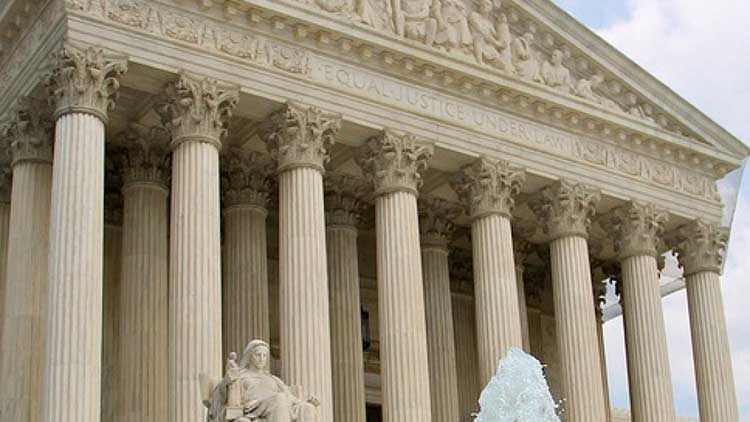Survey Says: Televise High Court Oral Arguments

A majority of Americans (76%) say the Supreme Court should allow its oral arguments to be on TV.
That is according to a new study from C-SPAN, the suite of public service networks funded by the cable industry, in conjunction with strategic communications company PSB.
Not only did the survey respondents want TV in the courtroom, but 70% said that was where they were getting their news about the court. School was only named by 4% and books by only 3%.
The study found that the public recognized the importance of the Court's decisions. Nine out of 10 voters said those decisions impact their lives and 82% said the makeup of the Court was an important issue in their vote in the 2016 presidential election.
TV may want to name the Justices more frequently, though, if that is where most are getting their news about the court.
Fewer than half (43%) could name any of those Justices, only 1% could name Sonia Sotomayor, Anthony Kennedy or Elena Kagan, and none could name Stephen Breyer.
The study was conducted March 7-9 among 1,032 likely voters. It has a margin of error of plus or minus 3.05 percentage points.
The study was timed to Sunshine Week (March 12-18), which celebrates access to public information, and as Congress prepares to vet Neil Gorsuch March 20 (C-SPAN will cover the hearing), President Donald Trump's pick to succeed Justice Antonin Scalia, who was opposed to cameras.
The study also comes as a bill to allow cameras in federal courts, including the Supreme Court, has been reintroduced.
As part of its recognition of Sunshine Week, C-SPAN has posted a video on YouTube with the Justices' historic views on cameras.
[embed]https://www.youtube.com/watch?v=gAKQM8rkZ5o[/embed]
C-SPAN has long pushed for cameras in the court, pointing to its successful coverage of the House and Senate — now generally acknowledged to be an invaluable tool for civic engagement with, and understanding of, the legislature.
Broadcasting & Cable Newsletter
The smarter way to stay on top of broadcasting and cable industry. Sign up below
Contributing editor John Eggerton has been an editor and/or writer on media regulation, legislation and policy for over four decades, including covering the FCC, FTC, Congress, the major media trade associations, and the federal courts. In addition to Multichannel News and Broadcasting + Cable, his work has appeared in Radio World, TV Technology, TV Fax, This Week in Consumer Electronics, Variety and the Encyclopedia Britannica.

